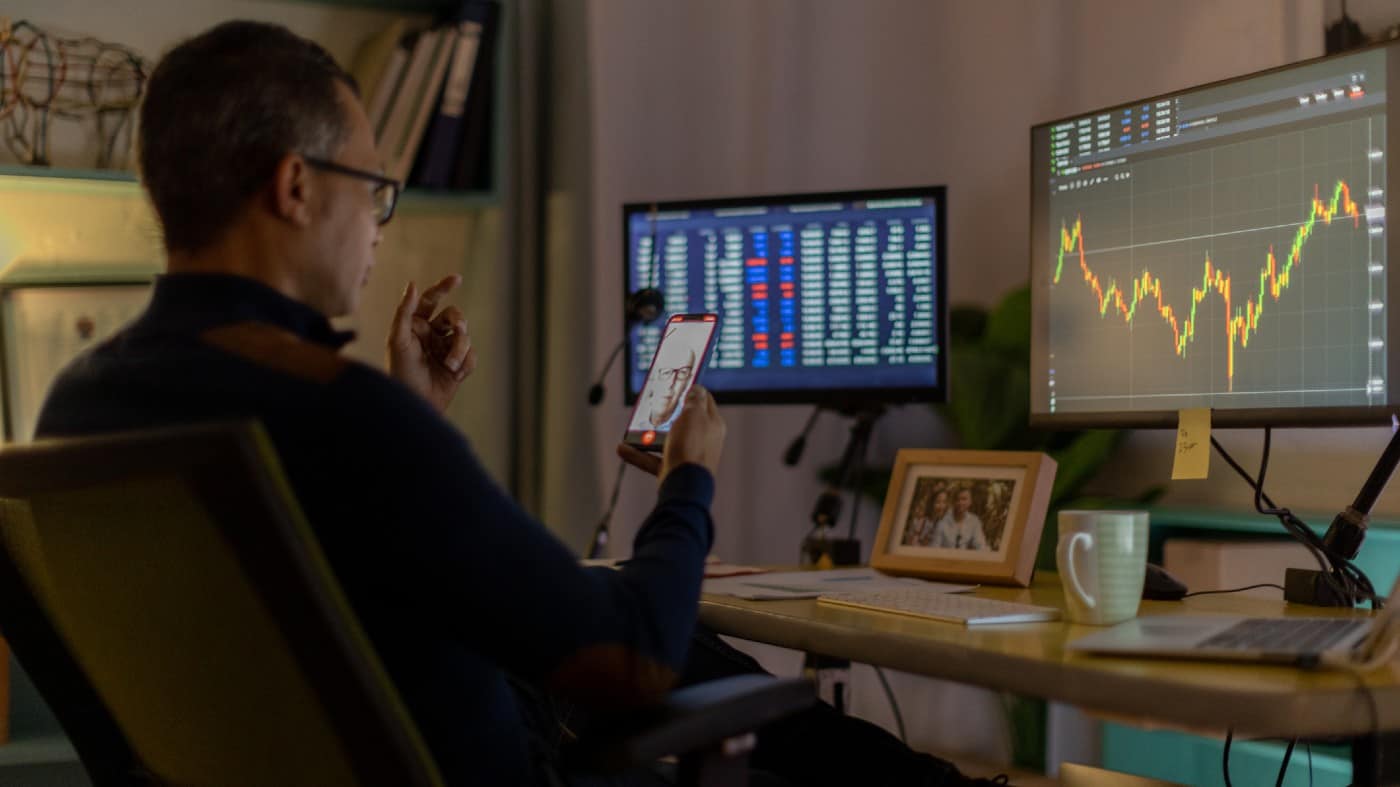So far this year, the stock market volatility has caused me a lot of headaches. In fairness, a lot of this has been beyond my control, with events such as the war in Ukraine, spiraling energy prices and a pandemic hangover all at play. In January, I was contemplating investing in Tesco (LSE:TSCO) — if I had done, what would my shares look like now?
Comparing all the numbers
I’m going to assume that I’d have invested £1,000 on the first trading day of the year. From my calculations, it opened at 290p. Currently, the share price is at 255p. This means that Tesco shares are down 12% from the start of the year. My £1,000 would be worth £880.
Obviously, an unrealised loss isn’t great, but my first consideration is how this ranks at a relative level. My usual benchmark for performance in this case is the FTSE 100. At the start of January, the index opened just below 7,400 points. It’s now at 7,301 points. So the loss on the index is 1.34% in 2022.
How about against other peers? J Sainsbury is down 23.6%, with Ocado Group down 55.3%. So what I can glean from all this information is that the supermarket/grocery sector has underperformed the market as a whole this year. However, Tesco has been one of the best performers from within the sector itself.
Risk and reward with Tesco shares
One of the main risks I see going forward for Tesco is cost inflation. It already noted concern on this point in the Q1 trading statement. The CEO commented that “we are seeing some early indications of changing customer behaviour as a result of the inflationary environment.”
I think this is one reason for the share price drop so far this year. Yet I believe it’s only going to get worse over the winter, with inflation far from peaking yet. As a result, Tesco could find profit margins squeezed, unless the full impact of the price hikes are passed directly onto the consumer.
The adjusted operating profit margin for the last full-year was only 2.9%, so there isn’t much room for higher costs.
On the other hand, Tesco shares could retrace some of the losses before the end of the year, due to the role it has as a defensive stock. Historically, during a downturn people cut back on spending. Even though this hits supermarkets as well, these kind of firms are less impacted than other sectors. This is because the food and drink sold are necessities for us all. So even if I cut back on some luxuries, I’ll always make sure I have cash to spend at Tesco for my food shop.
From that angle, investors might flock to Tesco shares, almost as a safer place to park money than some riskier growth ideas.
Overall, if I had invested in Tesco at the beginning of the year, I’d be down. Even if I’d invested exactly a year ago, I’d still be down 2.4%. However, for the role as a defensive stock going forward, it’s on my watch list to potentially buy later this year.








